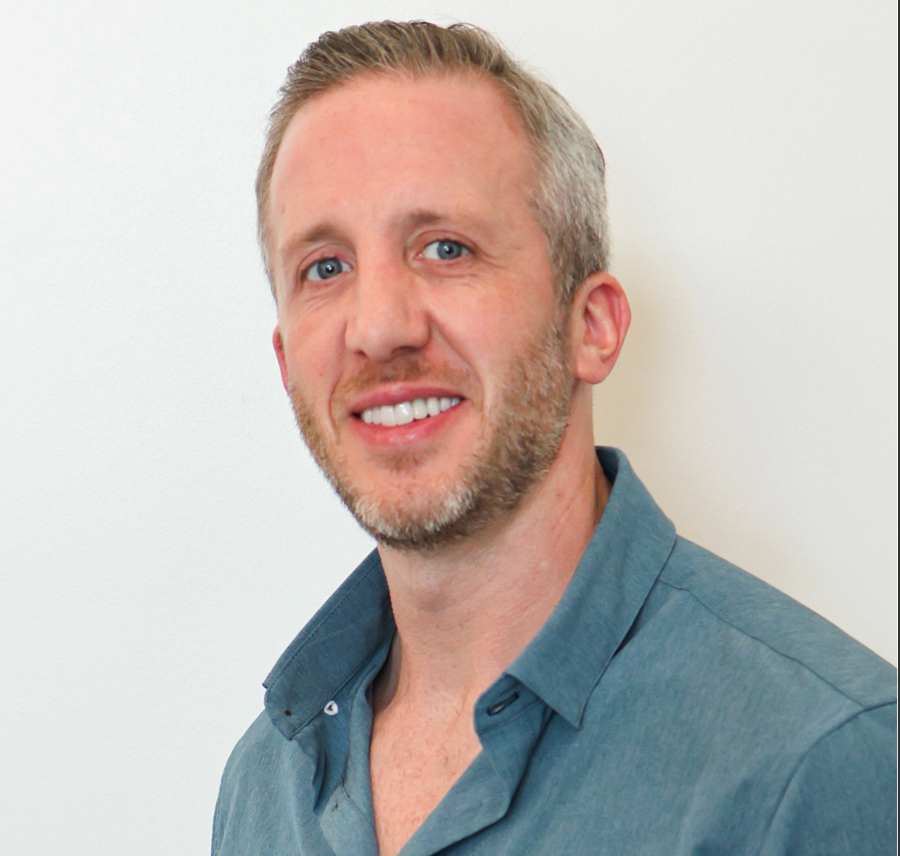Here’s five tips to help you create better research for your brand.
- Research Design Objectives
A good brand development research project begins with a tightly focused objective. Since you are planning a survey, it may seem like a convenient, cost-effective opportunity to ask all of the questions that you have. But bouncing around to a myriad of topics will overwhelm your respondent, leading to fatigue and confusion, and that will mean:
- Responses that are poorly thought out
- Excessive mid-survey terminations
- Potentially misleading results
You can solve this problem by making sure that your objectives are tightly focused around the specific issue or issues you are trying to resolve. Remember, less is more in terms of quality of response.
- Sample Sources
A huge issue in today’s brand development research world is sampling and sample sources. Where and how do you get people to participate in your research project? Much of today’s consumer-based research is done through panels. A panel can be a great tool or a terrible hindrance, depending on the participants and their suitability to your task. Business research is often based off of client lists. A client list can also be a great tool, but by nature it is already focused on a company’s customers. You need to be careful that the responses are not overtly biased in one direction or another based on the objectives you’ve outlined.
- Methodology
Your methodology should reflect the objectives of your brand research and your available sample. If your audience is very limited (for example, six distributors across the United States), you will need to pursue a qualitative approach. On the other hand, if you are looking for responses to a nationally representative sample based on hundreds of potential respondents, a quantitative approach is both desirable and very feasible.
With recent developments in web-based portals and collection methods, both qualitative and quantitative research can be conducted online . . . often with virtually immediate responses. Other methodologies to consider include telephone surveys, intercept studies, focus groups and one-on-one interviews. Some research studies mix qualitative and quantitative approaches, providing not only the number of responses needed to fit people into various segments, but also subjective attitudes and opinions.
- Questionnaire Design
Good questionnaire design is an art and science, but it began to deteriorate with the advent of tools like Survey Monkey, which are easy to use, but limited in in terms of design and analytical options. But while these tools enable anyone to design their own reach surveys, not everyone is adept at designing questions that are phrased the right way to get the right results. Good questionnaire design is predicated on:
- Logical/rational structure
- Simplicity
- Non-leading questions
- Unbiased response options or scales
- Analysis
The analysis of your brand research study is another example of the blending of art and science. Anyone can provide you with the numbers gathered in your quantitative research study on an excel spreadsheet. But to interpret what the data means and determine what insights you can truly deduce from it, you’ll need an experienced, professional researcher.
It is also important to understand the limitations of the research. Often, people think that research should provide an answer to all of their questions, but my belief is that research results provide insights into the solutions. It is the company’s leaders—the people who know the company intimately—who are in the best position to decide which solution is the right one.
Bad research is worse than no research at all. But good research can shed light on new opportunities and new ways to approach your business. Avoid the snares so can embrace and enjoy the benefits of smart brand development.
David Pulaski is research director of Siegel+Gale.



